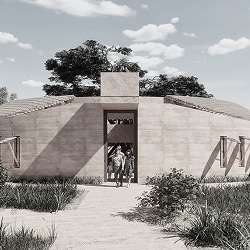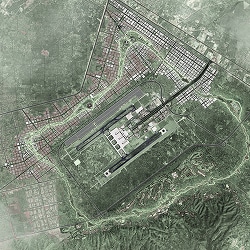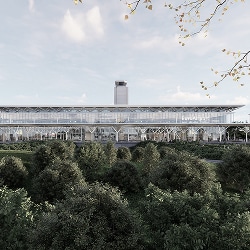Environmental design begins with people, their behaviour, needs and aspirations. By observing how individuals live, interact and find comfort within their environments, we gain insights that inform our approach. This human-centric perspective ensures that our recommendations not only address functional requirements but also resonate with those who inhabit these spaces.
Our methodology is anchored in understanding the intricate interplay of the 3C’s – Culture, Climate and Context. By examining cultural practices, environmental conditions and the specificities of place, we tailor solutions that are both sustainable and contextually appropriate with minimal negative impact on the environment. This approach helps us offer guidance tailored to the unique rhythms and needs of each setting, making every project distinct and specific to its location.
Central to our practice is the principle of demand minimisation. Before considering technical systems and supply options, we explore strategies that reduce resource consumption and environmental impact. By prioritising passive solutions, we aim to achieve efficiency and sustainability from the outset.
To support this, we employ a ‘high tech for low tech’ design approach via advanced computational modeling tools that simulate environmental factors, enabling data-driven decisions that enhance performance and adaptability. This integration of technology enables our consultancy services to be rooted in simplification and optimised for both present needs and future resilience.
Culture
It’s not about replicating traditional forms or resorting to visual clichés, but about engaging deeply with the values, behaviours, rituals and rhythms that inform everyday life. From the balance between public and private realms to communal gatherings and climate-responsive practices, culturally rooted design brings both opportunities and challenges. It demands the humility to unlearn universal assumptions and instead engage with how different communities define, inhabit and experience architecture. Even conventional typologies, such as commercial or educational spaces, should be shaped by the cultural DNA of the communities they are meant to serve.
Climate
Climate can also guide unique design solutions, such as harnessing a sea breeze, protecting from sandstorms, or managing high humidity. Good environmental design should be site-specific and climate responsive.
Context
Criteria such as location, be it an urban or greenfield site, topography, ambient air quality and noise levels, building type and their expected occupants, must be considered. Furthermore, one must address local market conditions, both in terms of available resources and extent of skilled labour force, available infrastructure, as well as prevailing commercial forces influencing the design solutions, whilst also addressing the need to adapt to future changes, to ensure a resilient and future-proof design can be delivered.
| Project Name | Client | Architect | Location | |
|---|---|---|---|---|
| Masai Mara Conservation Centre | Abercrombie & Kent Philanthropy | DCS+Architects | Kenya | |
| IBA (Icolo e Bengo) | Ministério dos Transportes de Angola | Foster + Partners | Angola | |
| EuroAirport Basel-Mulhouse-Freiburg Expansion | EuroAirport Basel-Mulhouse-Freiburg | Nordic Office of Architecture + PCA-STREAM | France | |
| Perth Airport New Terminal | PAPL (Perth Airport Pty Ltd) | Woods Bagot + Nordic Office of Architecture | Australia | |
| Google Antara | SOMA/SMA | Mexico | ||
| Google IPT | Brasil Arquitetura | Brazil | ||
| Athens International Airport | Athens International Airport | Nordic Office of Architecture + PCA-STREAM | Greece |

Masai Mara Conservation Centre
Abercrombie & Kent Philanthropy
DCS+Architects
Kenya

IBA (Icolo e Bengo)
Ministério dos Transportes de Angola
Foster + Partners
Angola

EuroAirport Basel-Mulhouse-Freiburg Expansion
EuroAirport Basel-Mulhouse-Freiburg
Nordic Office of Architecture + PCA-STREAM
France
Perth Airport New Terminal
PAPL (Perth Airport Pty Ltd)
Woods Bagot + Nordic Office of Architecture
Australia
Google Antara
SOMA/SMA
Mexico
Google IPT
Brasil Arquitetura
Brazil
Athens International Airport
Athens International Airport
Nordic Office of Architecture + PCA-STREAM
Greece